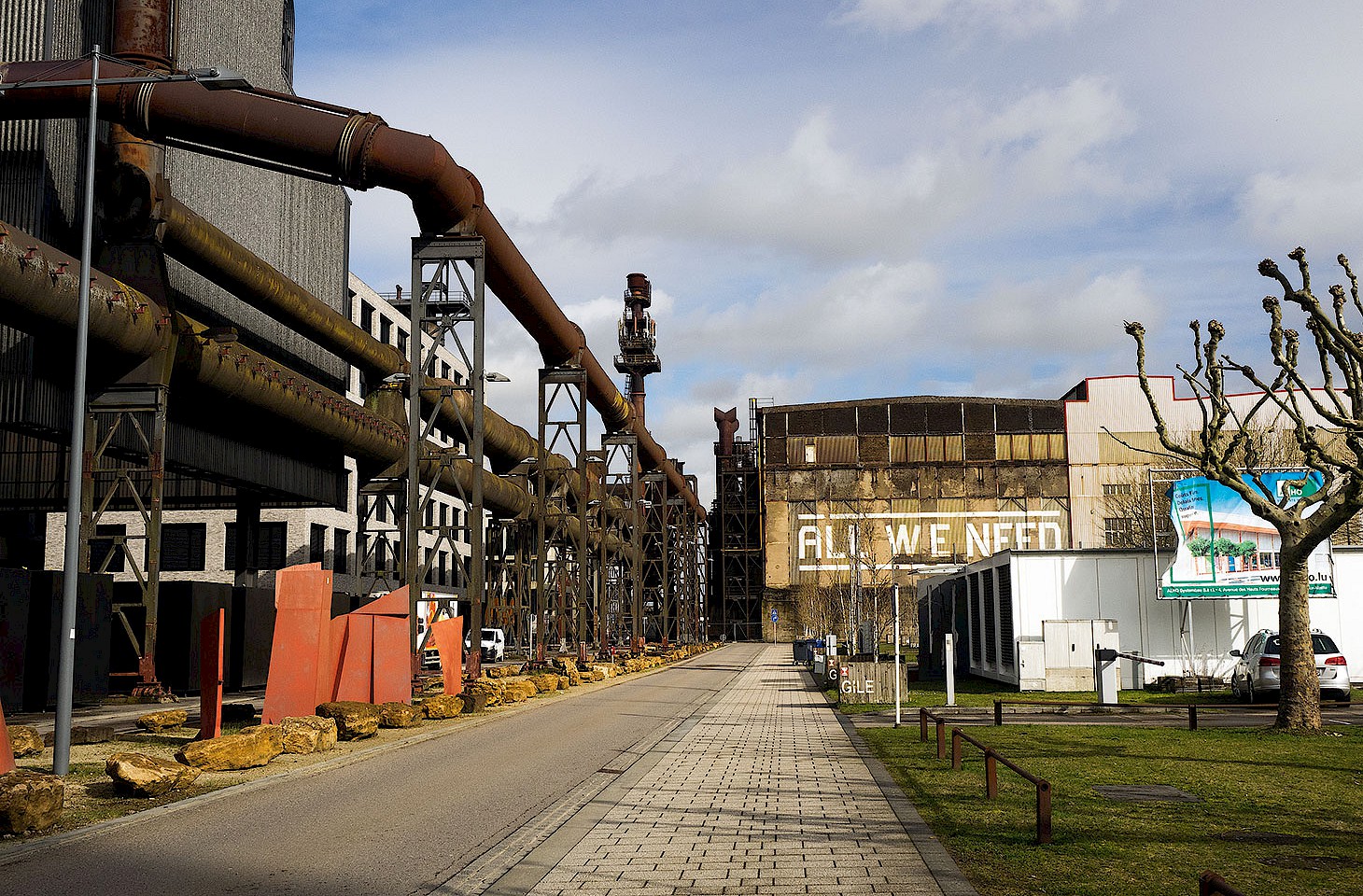Sometimes a little known and unsung spot turns out to have had a wider impact on world affairs than we could ever have imagined. La Chaux-de-Fonds in the Swiss Jura is just such a place. Arguably Europe's highest city, the watchmaking centre of La Chaux-de-Fonds has more than just chronometers to its credit. The racing driving and automobile engineer Louis Chevrolet was born here in 1878. A few years later, the Jeanneret family in La Chaux-de-Fonds celebrated the birth of the man whose image features today on the Swiss ten franc banknote. Charles-Edouard Jeanneret grew up to become the architect Le Corbusier. He left his mark on the Jura town, where his first forays into architectural practice still grace the city's streets. These include the fine Maison Blanche, a family home which Jeanneret designed for his parents in 1912, and the Villa Turque in the Rue du Doubs. Completed in the spring of 1917, the latter was to propel the young architect to international prominence.
La Chaux-de-Fonds is also, and perhaps a little improbably, a place with impeccable radical credentials. When Marx wrote Das Kapital, he made a little digression to extol the productivity of the watchmakers of La Chaux-de-Fonds. And Friedrich Engels lauded the radical disposition of the working people of this small city. It was men and women from La Chaux-de-Fonds who on 1 March 1848 set out from their stronghold in the Jura on a march that was to culminate in the Neuchâtel Revolution, one of the many uprisings that convulsed Europe that year.
In 1870, the town became the setting for a spectacular showdown between two competing tendencies within Europe's emerging socialist movement. It was here, against a backdrop of the richly wooded Jura Hills, that anarchists and centrists played out their ideological differences. La Chaux-de-Fonds set its seal on the anarchist-socialist leader Mikhail Bakunin, and in the years thereafter attracted a considerable influx of intellectuals and radicals who were anxious to experience the Jura's radical chemistry and contribute to the development of European socialism. La Chaux-de-Fonds and the neighbouring watchmaking towns of Saint-Imier and Le Locle punched far above their weight when it came to the political debates of the late nineteenth century.
Refugees from the Paris commune, like the great encyclopaedist geographer Elisée Reclus, found succour among the anarchists of the Jura Federation, as did, a little later, the Russian explorer and reformer, Prince Peter Kropotkin. Kropoktin forsook a promising career as an academic geographer to settle in La Chaux-de-Fonds. Until his eventual imprisonment in Clairvaux in 1883, on charges of having fermented an uprising in Lyon, Kropotkin spent much of his time in and around the Jura.


